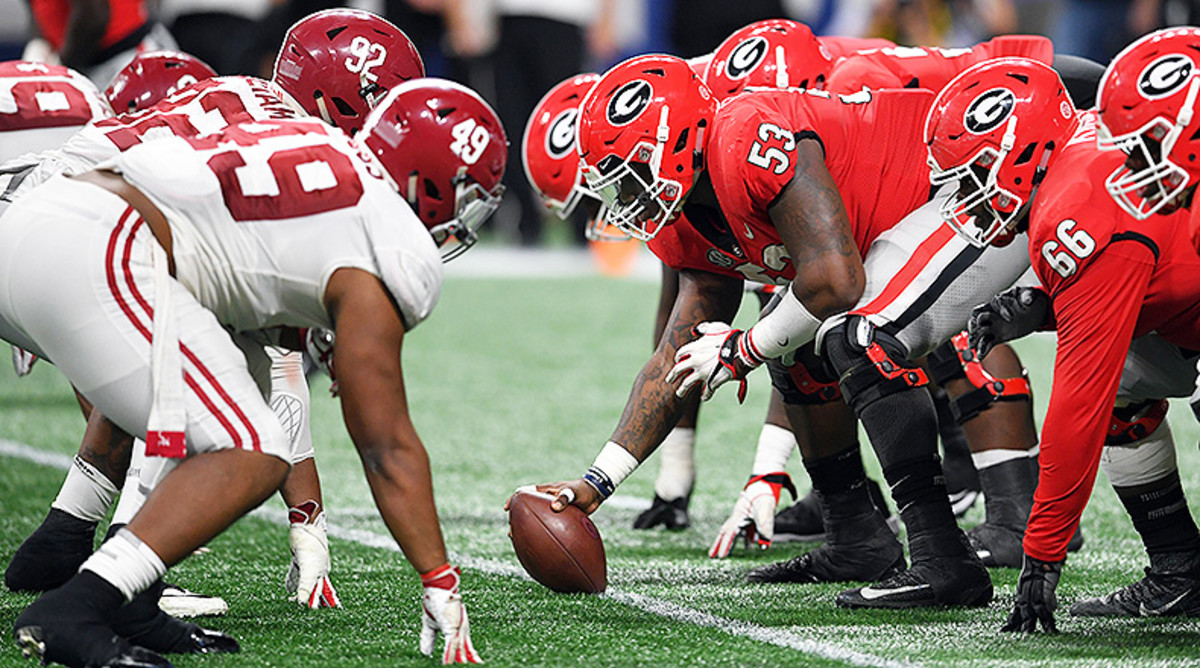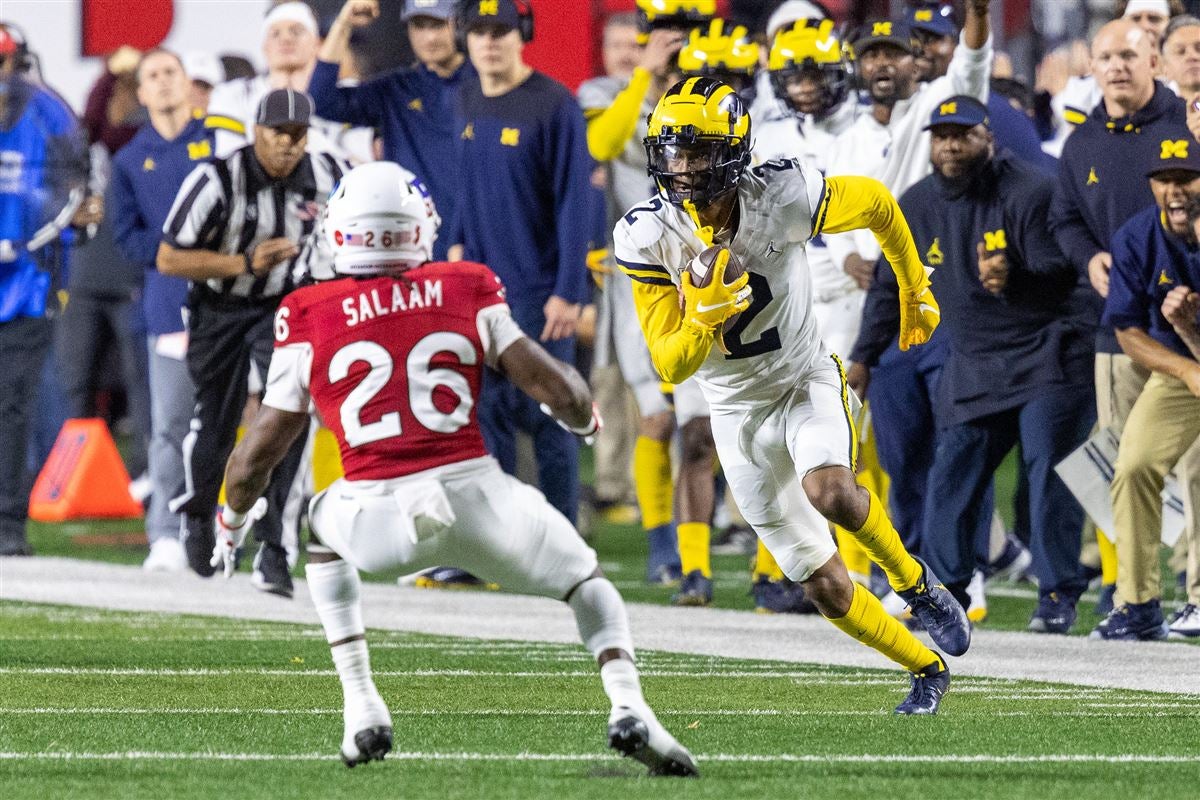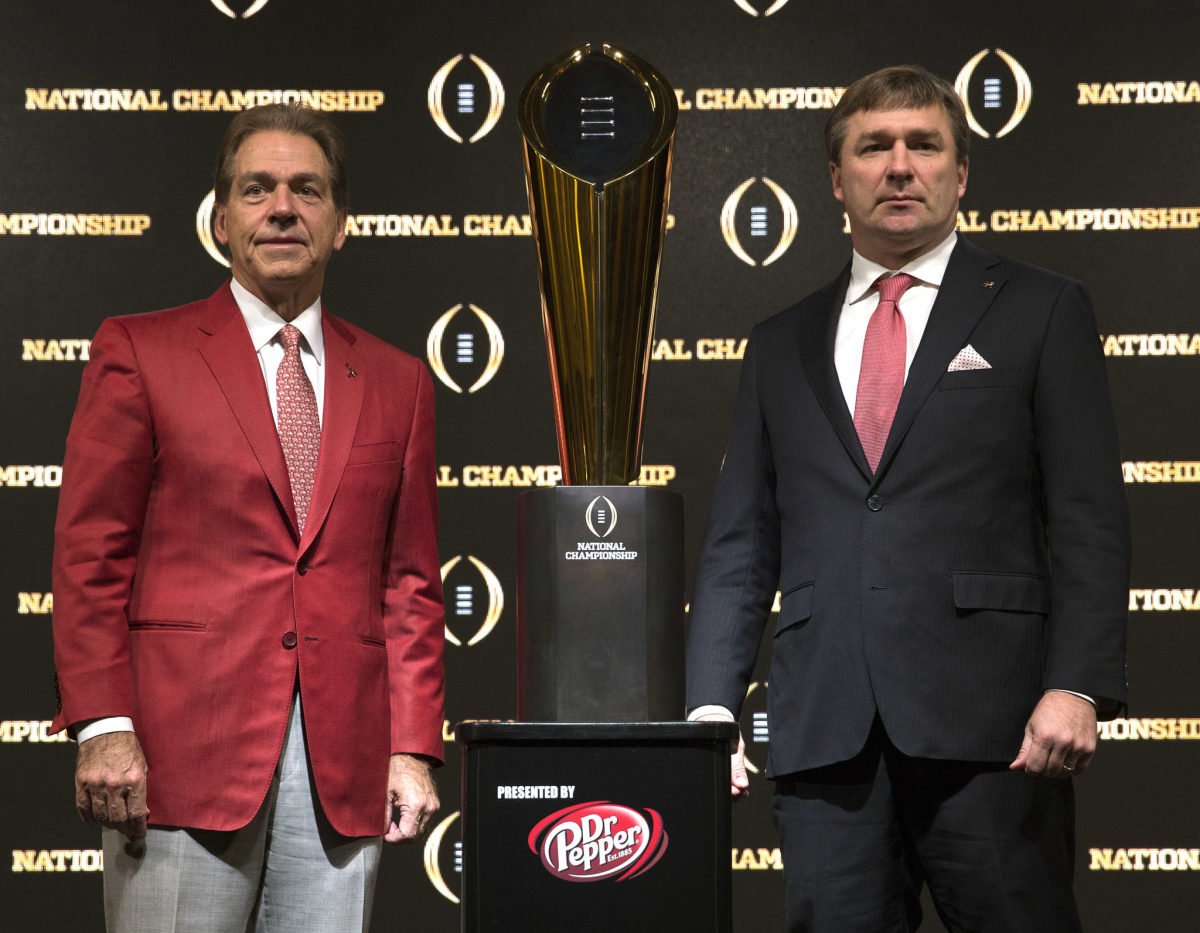The Future of College Athlete Pay: What You Need to Know

Amidst the hustle and bustle of college football conferences, Baylor football coach Dave Aranda made a quick visit to the Arizona Cardinals, eager to gain insights into roster management and pay scale.
The industry is pivoting towards a direct athlete-compensation model, with negotiations in the House antitrust case revealing potential details of future compensation models and revenue distribution structures.
Power schools in the power conferences could potentially face a steep price tag of up to $300 million over a decade, highlighting the significant financial implications of the proposed new model.
The proposed model involves revenue distribution caps for athletes, back damages payments, and potential scholarship expansions across different sports.
As negotiations progress, a clearer framework of the new model is emerging, sparking discussions and debates among high-ranking administrators across the power conferences.
With a deadline looming in the next 40 days, college athletics is bracing for a potential shift towards dismantling amateurism rules and adopting new compensation models.
Schools may need to navigate revenue-sharing caps, scholarship expansions, and potential reductions in NCAA distributions to accommodate the evolving landscape of college sports.
While some schools may not be able to afford the proposed rev-share cap, discussions are ongoing about potential financial adjustments, including reductions in coaching and administrative salaries to manage costs.
If a settlement is reached, the new revenue-sharing model could begin in 2025 or even be delayed until 2026, depending on the outcome of the Fontenot v. NCAA case.
College athletics is in a state of transformation, with negotiations and legal battles shaping the future financial landscape and player compensation structures across the NCAA.
As the clock ticks towards potential changes in the college sports financial model, stakeholders are closely monitoring developments and preparing for a new era in collegiate athletics.



